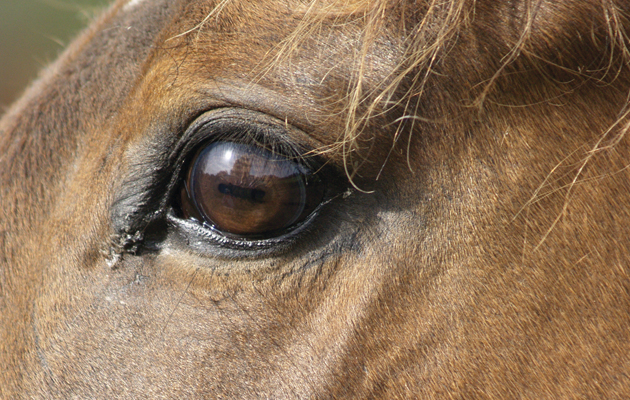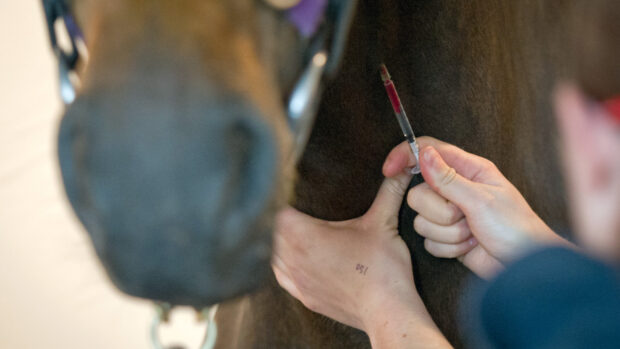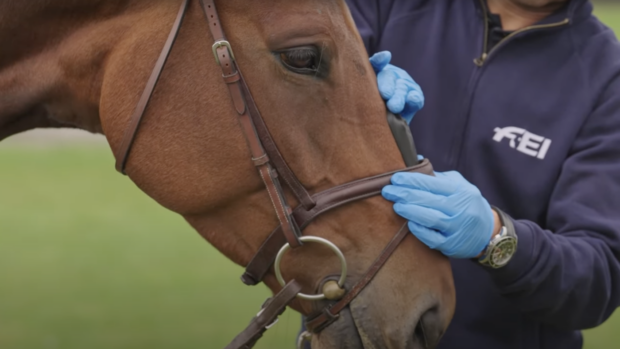The FEI has defined the 14 ingredients that make up good horsemanship following a major international study.
A study was initiated by the FEI’s education and standards department to find out if the concept of horsemanship could be quantified.
This was sparked by a comment by London 2012 Olympic gold medallist Steve Guerdat at the 2016 FEI Sports Forum.
“People need to learn to follow procedures,” said Steve. “Judges need to learn that, but one thing we cannot miss is the horsemanship these people should have.
“Yes we need rules, the rules are black and white, but we must not forget we have a horse in our sport.
“A living animal and the officials must understand the importance of horsemanship.”
Researchers undertook an in-depth literature review together with semi-structured interviews with 105 people (51 men and 54 women) from six continents, 30 countries, across eight disciplines and 21 stakeholder groups.
They concluded that horsemanship could be defined as a sum of these 14 attributes: comprehensive knowledge, practical experience, growth mindset, respect for the horse, ethological empathy, effective application of the learning theory, awareness of and attentive to body language, commitment to the priority of equine welfare, emotional intelligence, humility and integrity, adaptability, patience, selection and treatment of support team and development of a mutual symbiotic relationship.
The FEI hopes this will help improve “education, standards and selection” for those involved in all areas of the organisation.
Participants ranged from 23 to 81 years old and stake holder groups included grooms, competitive riders, show organisers, non-competitive riders, equine health care providers, the media and politicians.
“It is important to reiterate that this horsemanship competence is not simply reserved for the elite, particular equestrian sport disciplines, specific community roles or the number of years of equine interaction,” concludes the study.
“It is the combination of all 14 elements that prove to be the ingredients for good horsemanship.”
Article continues below…
You might also be interested in:

British Eventing rule changes 2018: jackets, falls and non-competing horses
British Eventing has revealed its full list of rule changes for the 2018 season

Six changes to Olympic horse sports you need to know about
The changes were voted on at the FEI general assembly (18-21 November)
It adds that further research is needed to fully understand each of the individual elements and to confirm the differences between “horsemanship” and “horsemastership”, which vary in different parts and languages across the world.
“The outcome of this research was not groundbreaking knowledge,” add the researchers.
“In fact, it was an amalgamation of both theory and practical experience from equine community stakeholders.
“However, this enhanced understanding of horsemanship will have large implications in the improvement of education, standards and selection for not only FEI officials but for all stakeholders involved.
“It renders a clear picture of the necessary skills, abilities and attributes that had previously been concealed to, thereby, provide a logical and comprehensible structure to improve horsemanship in all aspects of equestrian sport.”
What do you think about the definition? Share your thoughts by emailing hhletters@timeinc.com – please include your full name and address
For all the latest news analysis, competition reports, interviews, features and much more, don’t miss Horse & Hound magazine, on sale every Thursday





